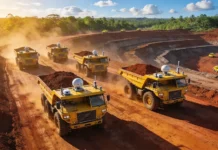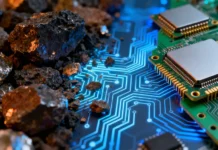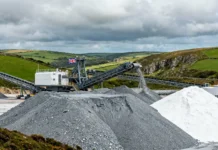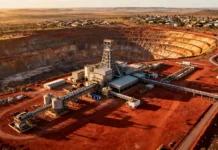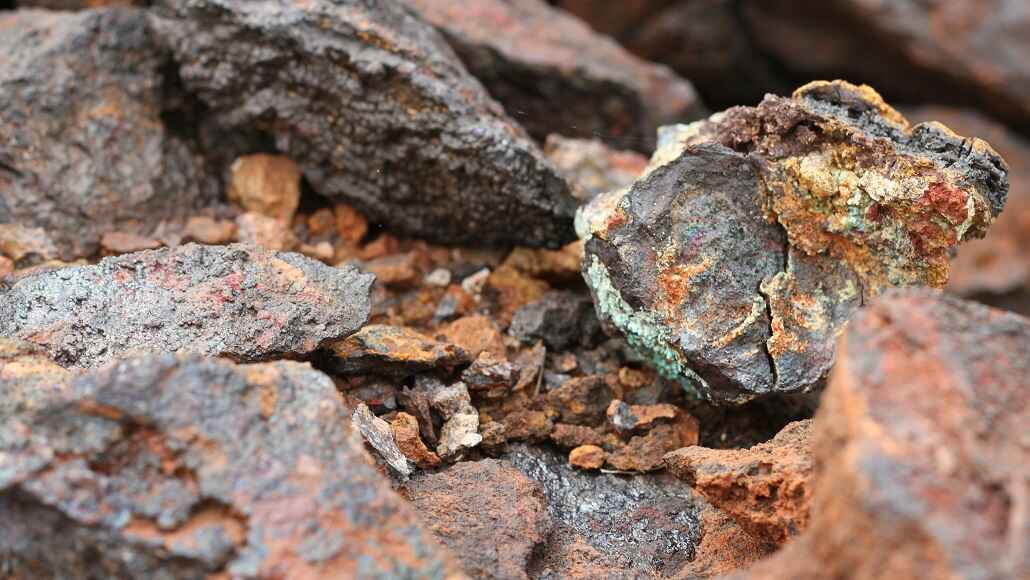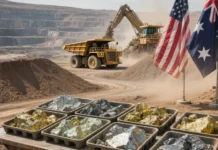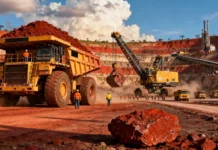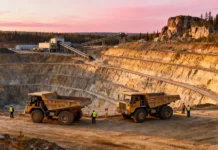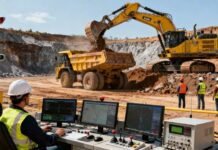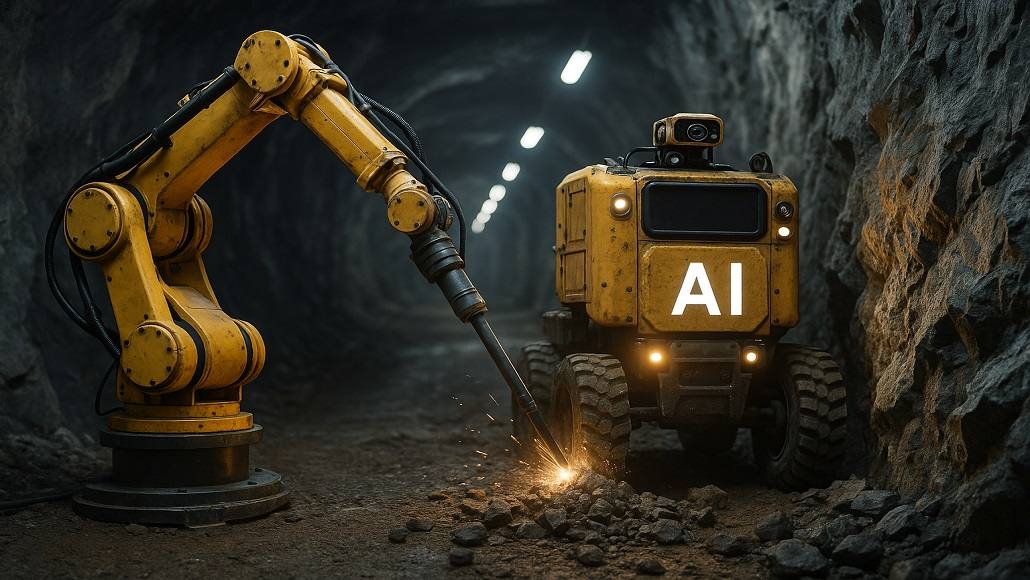As the demand when it comes to minerals as well as metals continues to grow in an ever increasingly technologically driven world, the mining sector is indeed going through a very significant conversion by way of the integration of artificial intelligence and robotics. AI-powered robotics are redefining the ore extraction processes by way of elevating efficiency, precision, and also safety within the operations. Let us examine the innovative applications driven by AI in the gamut of robotics when it comes to ore extraction, thereby underscoring their role in optimizing the workflow, decreasing the impact on the environment, and also enhancing resource management. As the sector faces challenges like the need for sustainable practices along with labor shortages, understanding the various contributions of these advanced technologies is, without a shred of doubt, very critical when it comes to shaping the mining future.
It is well to be noted that AI technologies are indeed revolutionizing the ore extraction process by way of significantly elevating the efficiency through advanced data analytics along with automation. Robotics, which are integrated with artificial intelligence, can implement tasks like blasting, drilling, and material transport with accuracy, thereby decreasing human error and also increasing productivity. The key matrix, which underscores these efficiencies, includes –
Cost reduction – The automating of repetitive tasks decreases the labor costs and also reduces the downtime.
Output that is increased – Automated systems can function in a consistent and continuous way, thereby leading to higher volumes of ore extraction.
Enhanced safety – Robotics can be rolled out across hazardous environments and hence reduce injuries caused at the workplace.
In spite of the clear benefits, integrating AI-powered robotics within the mining operations has its own set of barriers. These include the need for having skilled personnel so as to manage sophisticated technologies, high initial investment expenditures, and also the potential resistance from the existing workforce. In order to address these challenges, one requires –
– Training investment – There is a need to upskill the employees to work alongside robots and hence elevate the operational effectiveness.
– Execution in a phased way – Introducing robotics in a gradual way enables testing as well as adjustment without disrupting the ongoing state of operations.
– Partnering with technology providers – Collaborating with technology firms can help in customized solutions that go on to meet specific requirements in mining.
Apparently, the AI-powered robots’ integration into ore extraction processes happens to stand as a very transformative force in the mining sector. These advanced technologies not just elevate the effectiveness and efficiency of the operations and also their safety but also contribute towards minimizing the environmental impact and hence take that much-needed step towards sustainable practices. As the demand when it comes to minerals continues to grow, the adoption of bright robotics is likely going to become increasingly crucial for companies that are wanting to remain competitive and even innovative. By way of ending up with a deeper understanding of these technologies as well as their potential applications, stakeholders can better plan out the complexities of modern mining and make utmost use of AI-driven solutions to optimize the performance and also meet the challenges of the future. As one looks ahead, it is indeed clear that the AI-powered robots are going to play a very critical role when it comes to shaping the future of ore extraction by paving the path for a mining sector that is more efficient and, of course, more responsible.


